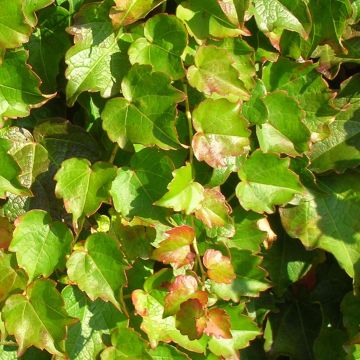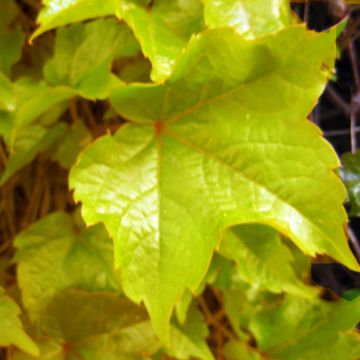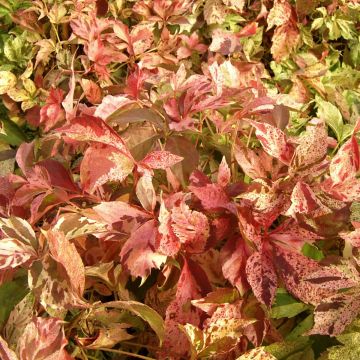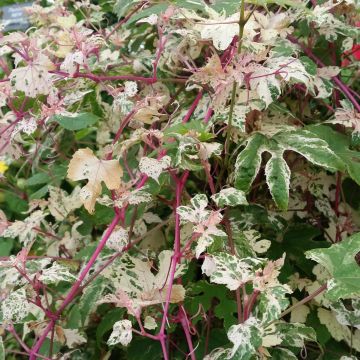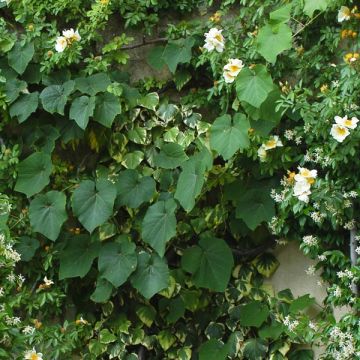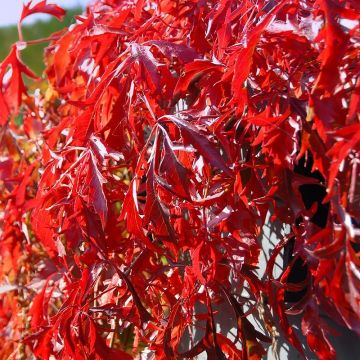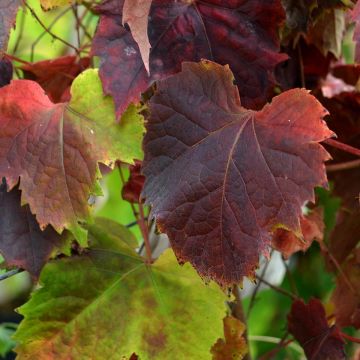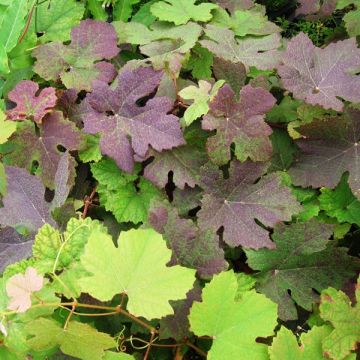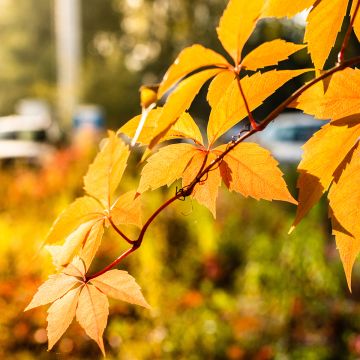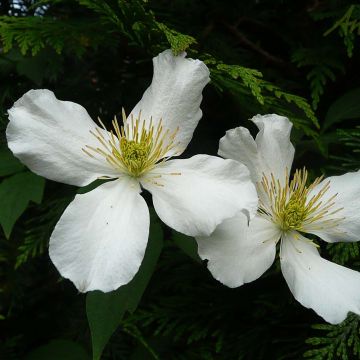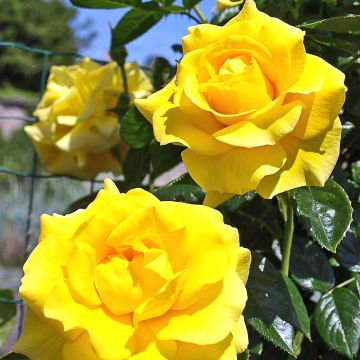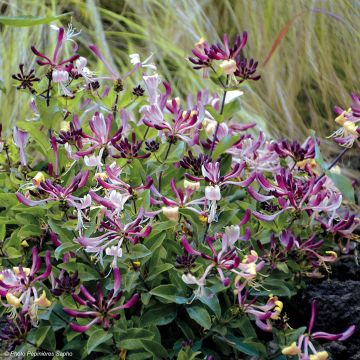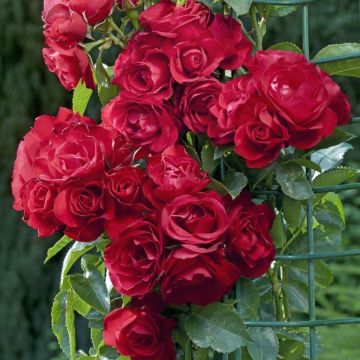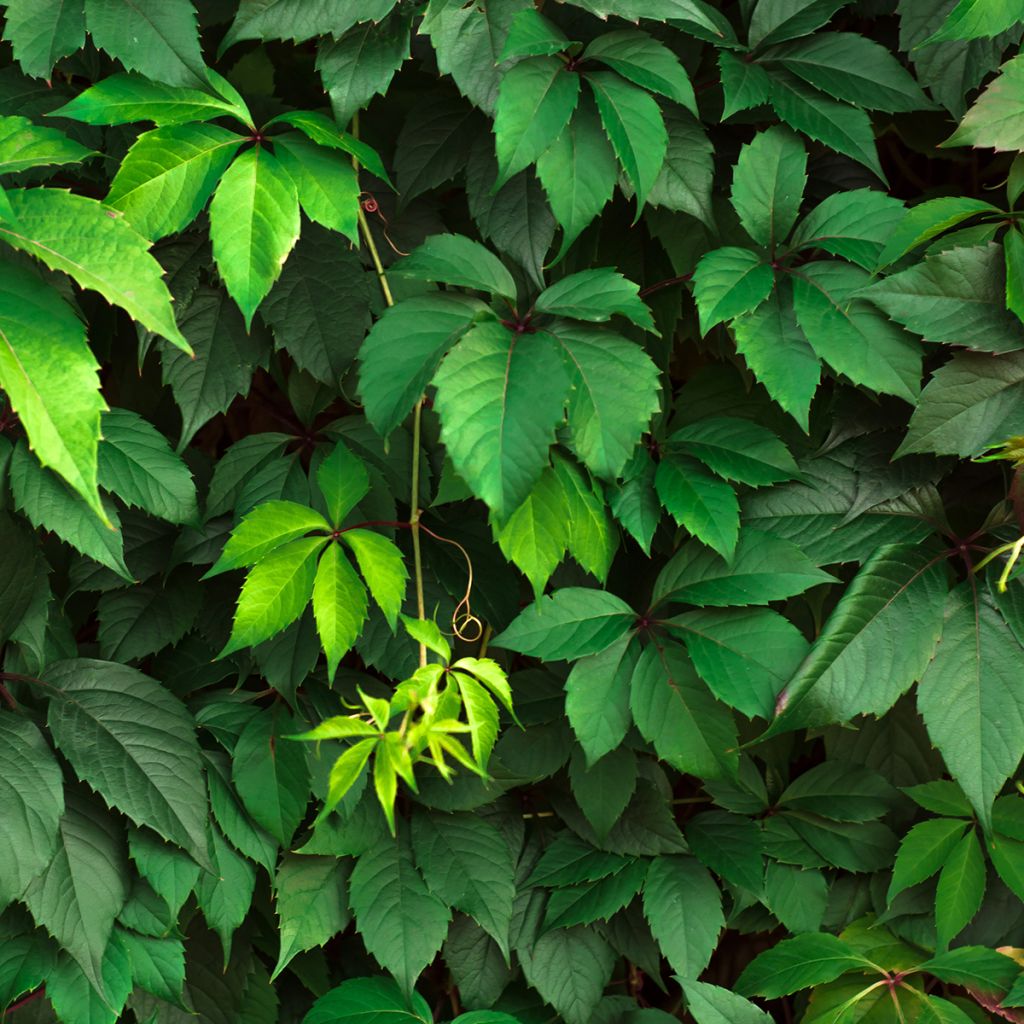

Parthenocissus viteacea
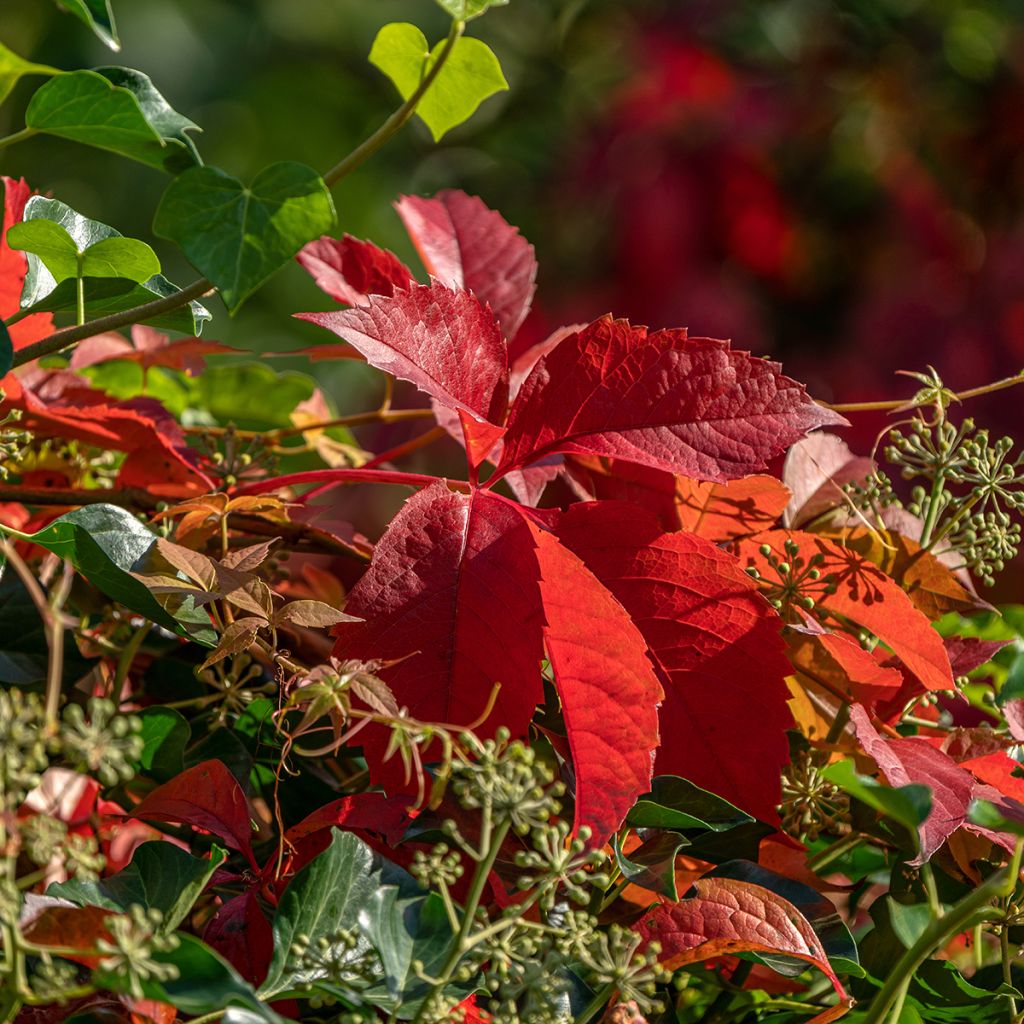

Parthenocissus viteacea
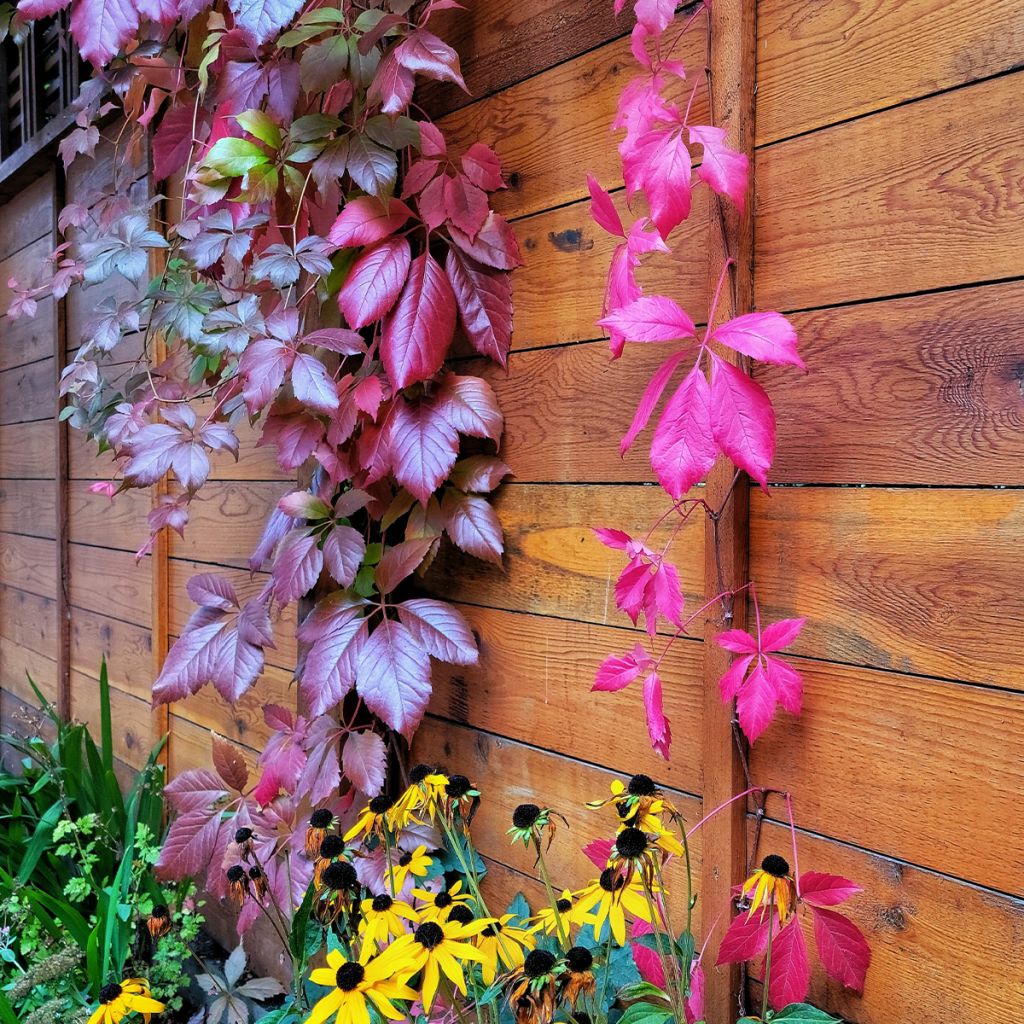

Parthenocissus viteacea
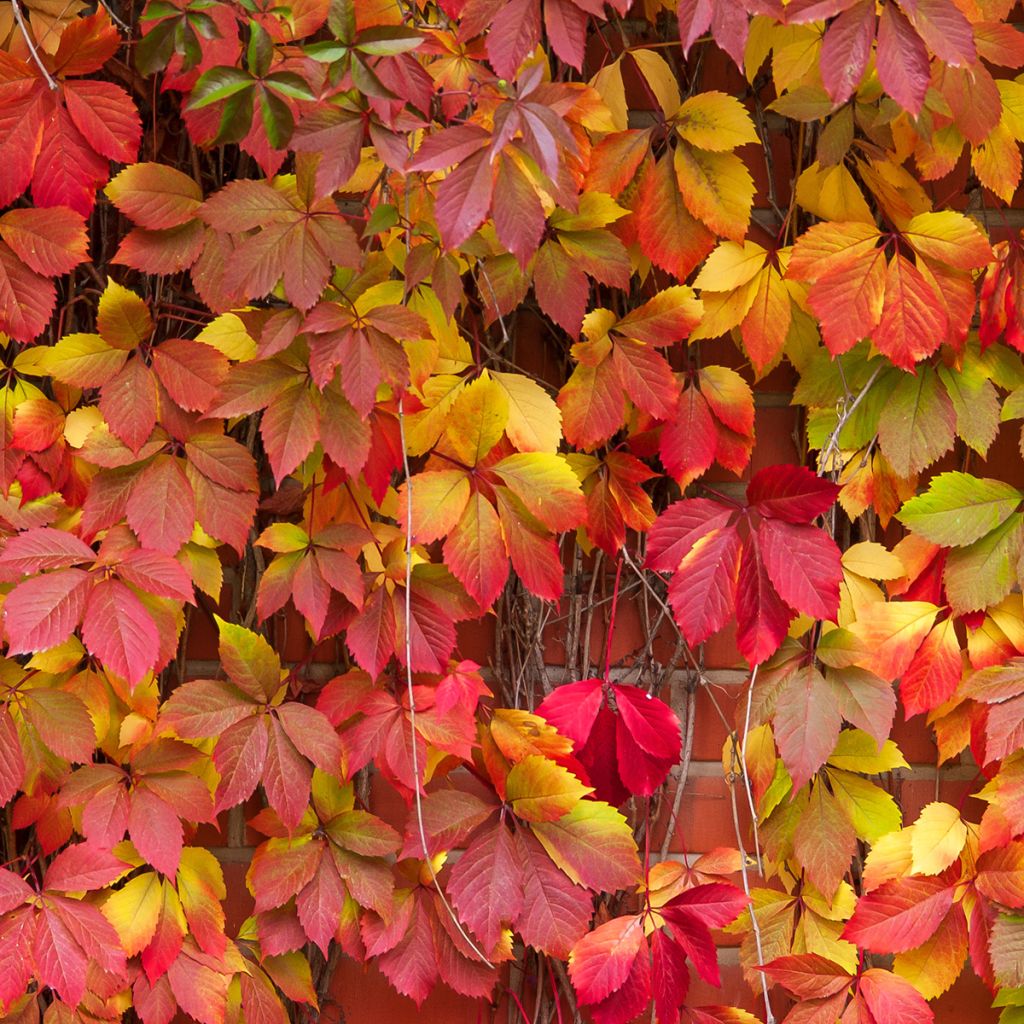

Parthenocissus viteacea
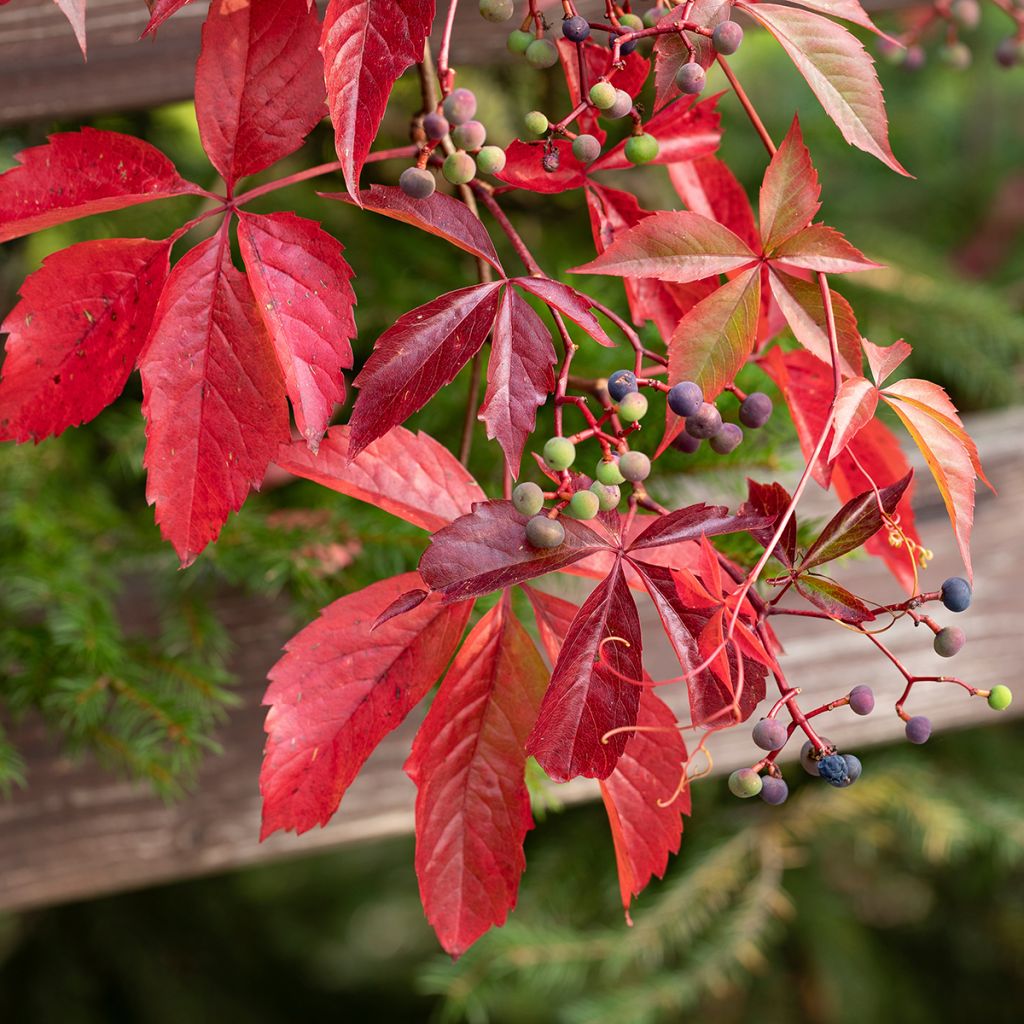

Parthenocissus viteacea
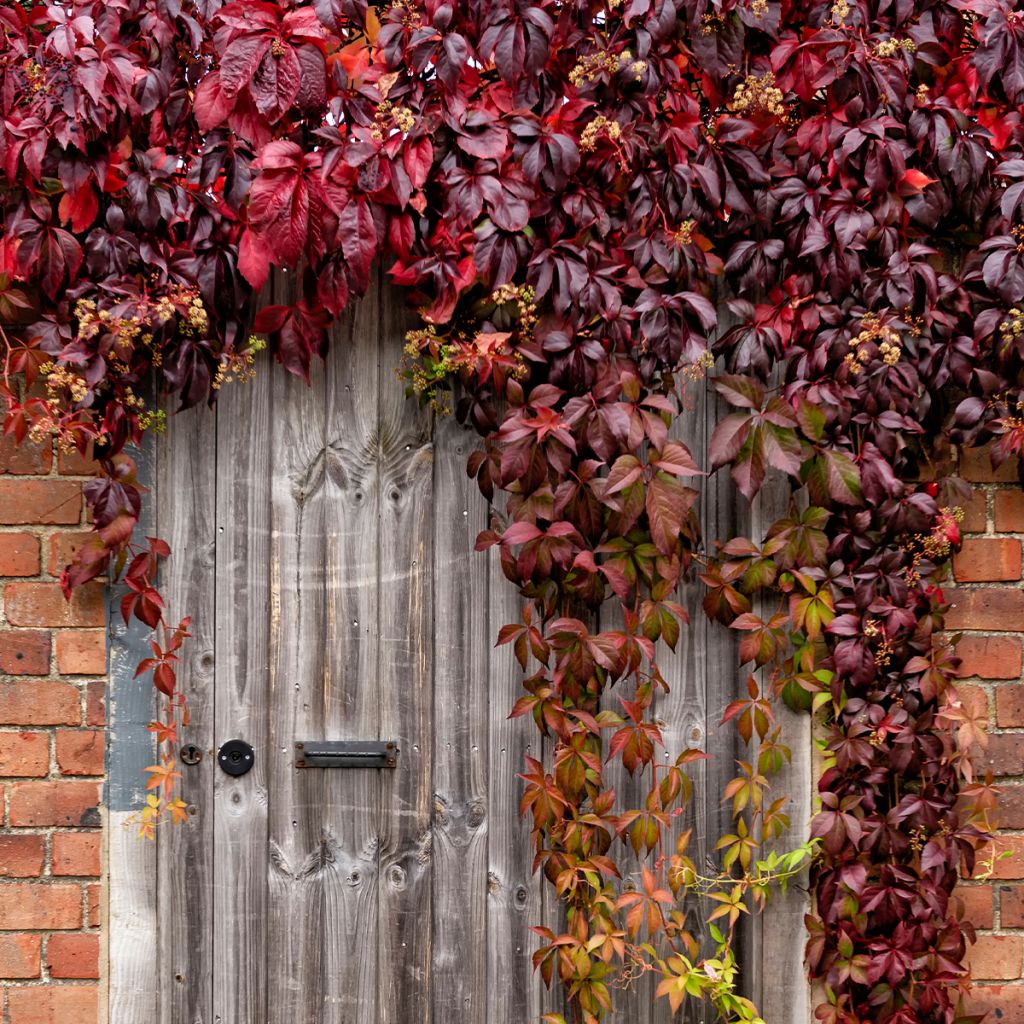

Parthenocissus viteacea
Parthenocissus viteacea
Parthenocissus viteacea
Woodbine, Thicket Creeper, False Virginia Creeper
This item cannot be shipped to the selected country
Oversize package delivery charge from €6.90
More information
Schedule delivery date,
and select date in basket
This plant carries a 6 months recovery warranty
More information
We guarantee the quality of our plants for a full growing cycle, and will replace at our expense any plant that fails to recover under normal climatic and planting conditions.
Oversize package: home delivery by special carrier from €6.90 per order..
Express home delivery from €8.90.
Does this plant fit my garden?
Set up your Plantfit profile →
Description
Parthenocissus viteacea, also known as Parthenocissus inserta, is similar to the true Virginia creeper, Parthenocissus quinquefolia. It can be distinguished by its tendrils that lack suction cups. Therefore, it is a vine-plant that does not cling on its own and requires support to climb. As a result, it does not risk damaging walls. Hardy and easy to cultivate, it is appreciated for its characteristic foliage, which is divided into 5 leaflets, with a shiny green colour tinged with crimson red in autumn. It can be grown in trees or used to adorn the facade of a building where trellises, grids, or cables have been installed. Then, everyone eagerly awaits the arrival of autumn to admire its flamboyant red colour.
Parthenocissus viteacea is also known as Parthenocissus inserta because its classification is still a subject of debate. It belongs to the Vitaceae family, just like the grapevines used for winemaking. It is a sarmentous bush, native to North America, widespread in the southeastern part of Canada, and over a large area in the United States, from Maine, Montana, New Jersey, and Missouri in the east to Texas and Arizona in the west. This indomitable and very hardy Virginia creeper has naturalized in many countries, such as France and England. It is considered an invasive species in Switzerland. The plant grows rapidly, reaching a height of up to 15m (49ft), with a spreading of 10-15m (33-49ft). It has deciduous leaves, 8 to 20cm (3 to 8in) long, with 5 dentate, ovate leaflets of medium green colour. In autumn, the foliage gradually turns orange, then crimson red and purple. On the stem, opposite the leaf insertion point, either a tendril or a cluster of flowers develops. Each tendril has 7 to 8 branchings that curve to form a small hook, without adhesive disks on the tendrils. The flowering, which is quite insignificant, occurs in June-July, and is followed by small blue-black fruits that are not edible for mammals but appreciated by birds.
This Virginia creeper is hardy down to -25°C (-13°F) and thrives in deep, preferably clayey soil, in shaded, semi-shaded, or even sunny locations. The colour of the foliage tends to fade in full sun. Once established, the plant tolerates drought very well, allowing it to be planted at the edges of a large garden, in a slightly wild spot, on a shaded slope that is never watered. Pruning can be done without constraints at any time of the year to maintain the plant within its space. It is also a good hedge plant, which can be combined with a Clematis vitalba or a Lonicera delavayi, for example. Generous, ample, and radiant, Parthenocissus viteacea is an easy-to-grow climbing plant, ornamental, but also very useful for covering walls and facades in all regions, thanks to its thermal regulation properties for buildings.
Discover our range of Virginia creepers: there is certainly one that will be suitable for your garden.
Report an error about the product description
Parthenocissus viteacea in pictures


Plant habit
Flowering
Foliage
Botanical data
Parthenocissus
viteacea
Vitaceae
Woodbine, Thicket Creeper, False Virginia Creeper
North America
Other Parthenocissus - Virginia Creeper
Planting and care
Parthenocissus viteacea is planted in autumn or spring in a deep, well-tilled, moist and well-drained soil, preferably in a shady or semi-shady location. Once well established, the plant does not require watering in all regions. Be careful not to damage the root ball! Carefully train the plant upon installation. Monitor the growth of this very invasive climbing plant (especially near gutters that it could obstruct), and pinch back misdirected voluble stems. Prune as necessary to maintain the plant within its space. Cuttings taken in autumn root very well in a shaded area, barely buried, kept horizontally under a stone or brick (an experimental and personal technique, fortuitously tested thanks to the intervention of a brave pet dog, a bit of a gardener...)
Planting period
Intended location
Care
This item has not been reviewed yet - be the first to leave a review about it.
Foolproof climbers
Haven't found what you were looking for?
Hardiness is the lowest winter temperature a plant can endure without suffering serious damage or even dying. However, hardiness is affected by location (a sheltered area, such as a patio), protection (winter cover) and soil type (hardiness is improved by well-drained soil).

Photo Sharing Terms & Conditions
In order to encourage gardeners to interact and share their experiences, Promesse de fleurs offers various media enabling content to be uploaded onto its Site - in particular via the ‘Photo sharing’ module.
The User agrees to refrain from:
- Posting any content that is illegal, prejudicial, insulting, racist, inciteful to hatred, revisionist, contrary to public decency, that infringes on privacy or on the privacy rights of third parties, in particular the publicity rights of persons and goods, intellectual property rights, or the right to privacy.
- Submitting content on behalf of a third party;
- Impersonate the identity of a third party and/or publish any personal information about a third party;
In general, the User undertakes to refrain from any unethical behaviour.
All Content (in particular text, comments, files, images, photos, videos, creative works, etc.), which may be subject to property or intellectual property rights, image or other private rights, shall remain the property of the User, subject to the limited rights granted by the terms of the licence granted by Promesse de fleurs as stated below. Users are at liberty to publish or not to publish such Content on the Site, notably via the ‘Photo Sharing’ facility, and accept that this Content shall be made public and freely accessible, notably on the Internet.
Users further acknowledge, undertake to have ,and guarantee that they hold all necessary rights and permissions to publish such material on the Site, in particular with regard to the legislation in force pertaining to any privacy, property, intellectual property, image, or contractual rights, or rights of any other nature. By publishing such Content on the Site, Users acknowledge accepting full liability as publishers of the Content within the meaning of the law, and grant Promesse de fleurs, free of charge, an inclusive, worldwide licence for the said Content for the entire duration of its publication, including all reproduction, representation, up/downloading, displaying, performing, transmission, and storage rights.
Users also grant permission for their name to be linked to the Content and accept that this link may not always be made available.
By engaging in posting material, Users consent to their Content becoming automatically accessible on the Internet, in particular on other sites and/or blogs and/or web pages of the Promesse de fleurs site, including in particular social pages and the Promesse de fleurs catalogue.
Users may secure the removal of entrusted content free of charge by issuing a simple request via our contact form.
The flowering period indicated on our website applies to countries and regions located in USDA zone 8 (France, the United Kingdom, Ireland, the Netherlands, etc.)
It will vary according to where you live:
- In zones 9 to 10 (Italy, Spain, Greece, etc.), flowering will occur about 2 to 4 weeks earlier.
- In zones 6 to 7 (Germany, Poland, Slovenia, and lower mountainous regions), flowering will be delayed by 2 to 3 weeks.
- In zone 5 (Central Europe, Scandinavia), blooming will be delayed by 3 to 5 weeks.
In temperate climates, pruning of spring-flowering shrubs (forsythia, spireas, etc.) should be done just after flowering.
Pruning of summer-flowering shrubs (Indian Lilac, Perovskia, etc.) can be done in winter or spring.
In cold regions as well as with frost-sensitive plants, avoid pruning too early when severe frosts may still occur.
The planting period indicated on our website applies to countries and regions located in USDA zone 8 (France, United Kingdom, Ireland, Netherlands).
It will vary according to where you live:
- In Mediterranean zones (Marseille, Madrid, Milan, etc.), autumn and winter are the best planting periods.
- In continental zones (Strasbourg, Munich, Vienna, etc.), delay planting by 2 to 3 weeks in spring and bring it forward by 2 to 4 weeks in autumn.
- In mountainous regions (the Alps, Pyrenees, Carpathians, etc.), it is best to plant in late spring (May-June) or late summer (August-September).
The harvesting period indicated on our website applies to countries and regions in USDA zone 8 (France, England, Ireland, the Netherlands).
In colder areas (Scandinavia, Poland, Austria...) fruit and vegetable harvests are likely to be delayed by 3-4 weeks.
In warmer areas (Italy, Spain, Greece, etc.), harvesting will probably take place earlier, depending on weather conditions.
The sowing periods indicated on our website apply to countries and regions within USDA Zone 8 (France, UK, Ireland, Netherlands).
In colder areas (Scandinavia, Poland, Austria...), delay any outdoor sowing by 3-4 weeks, or sow under glass.
In warmer climes (Italy, Spain, Greece, etc.), bring outdoor sowing forward by a few weeks.

































